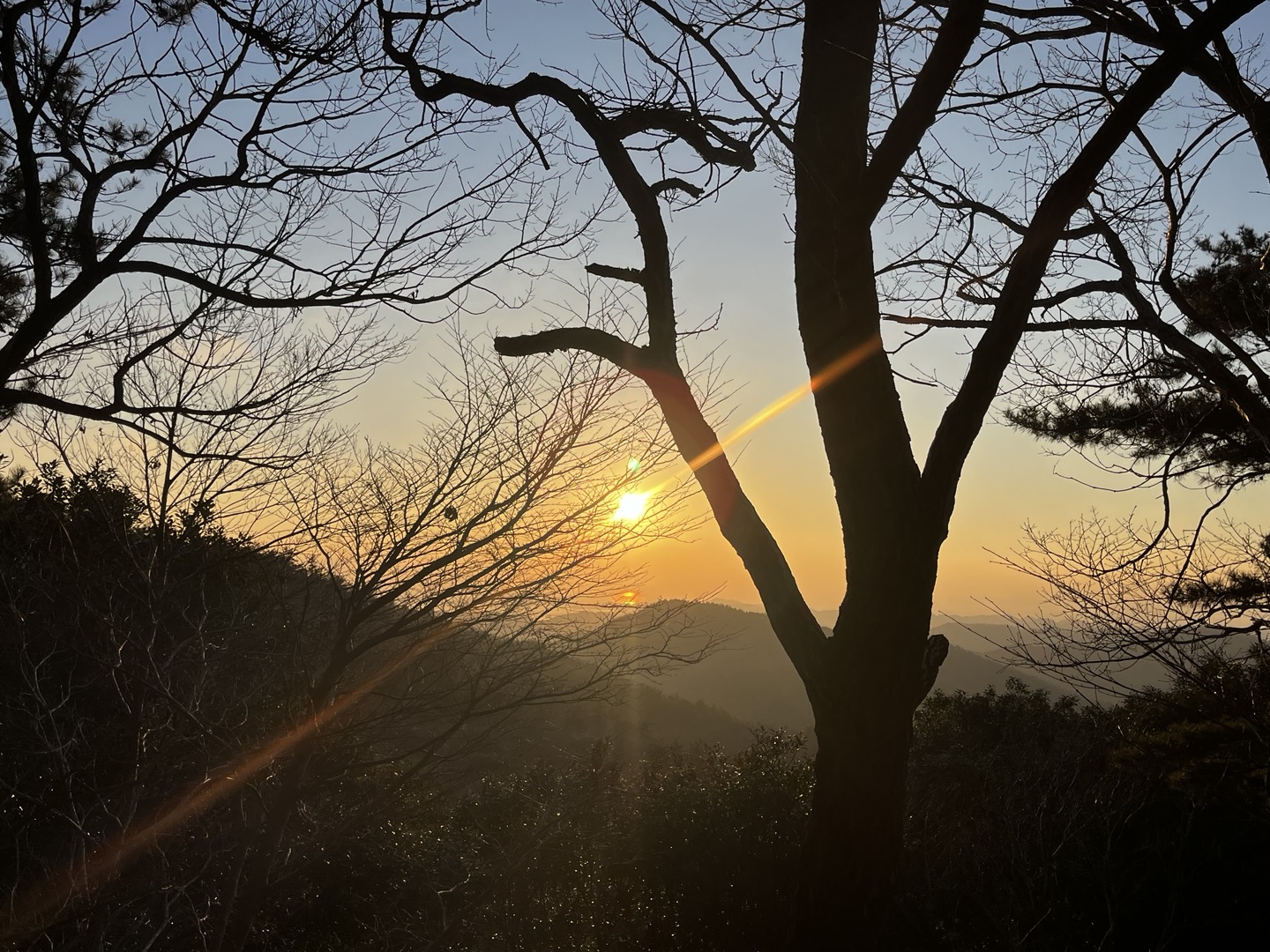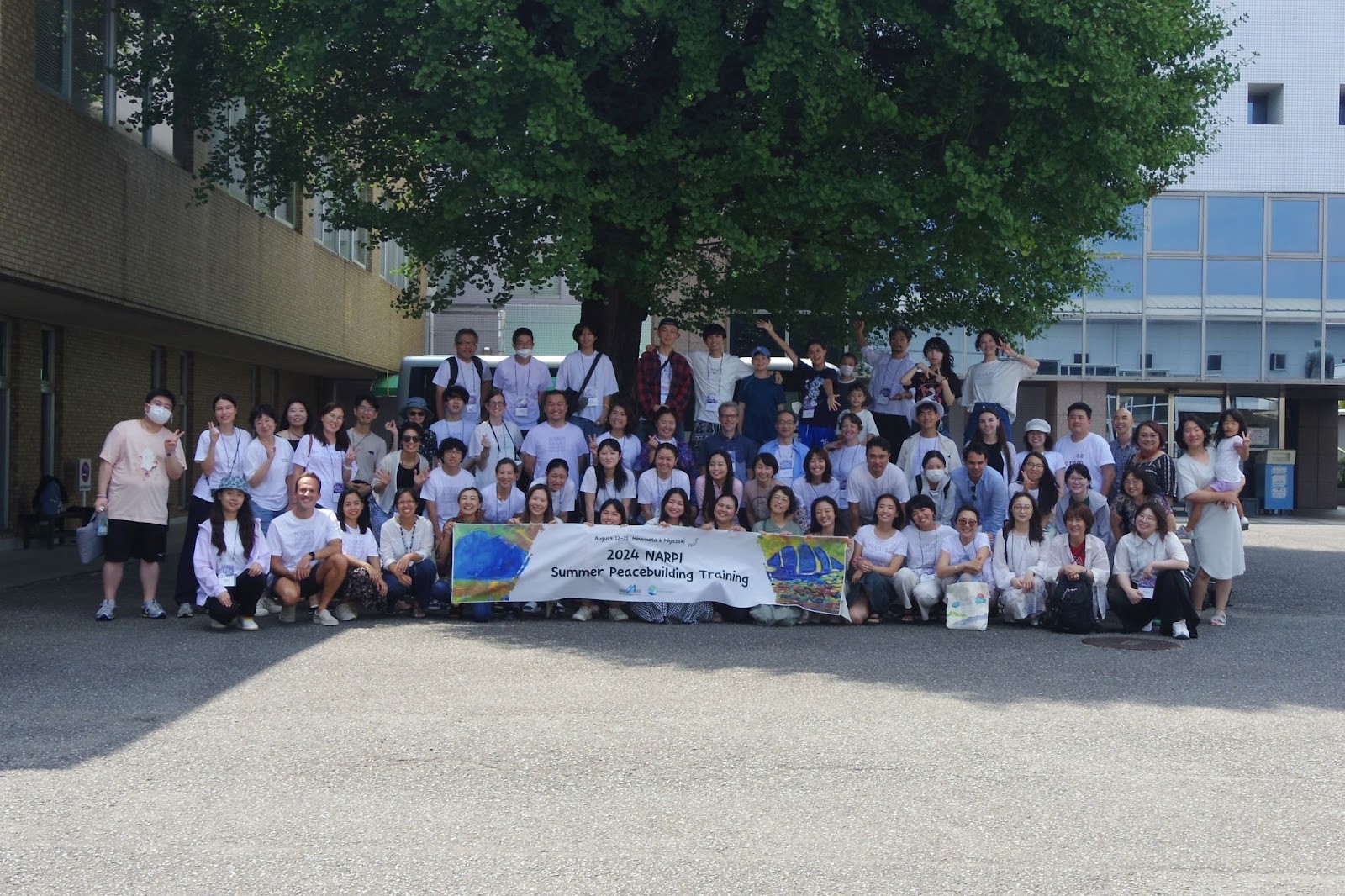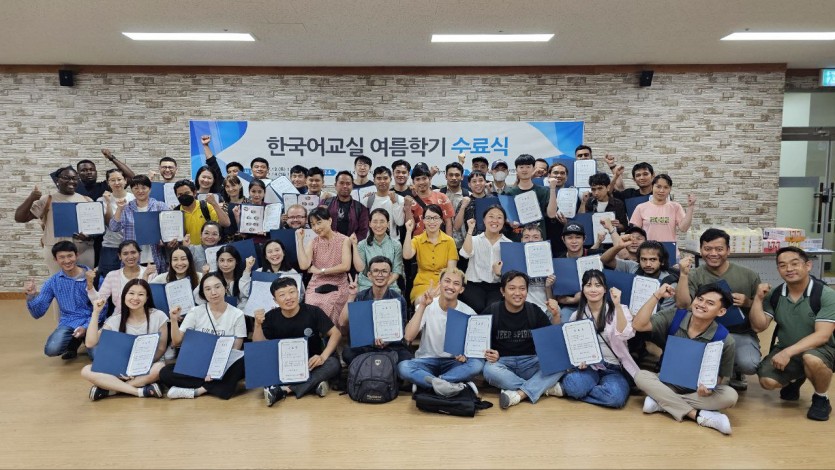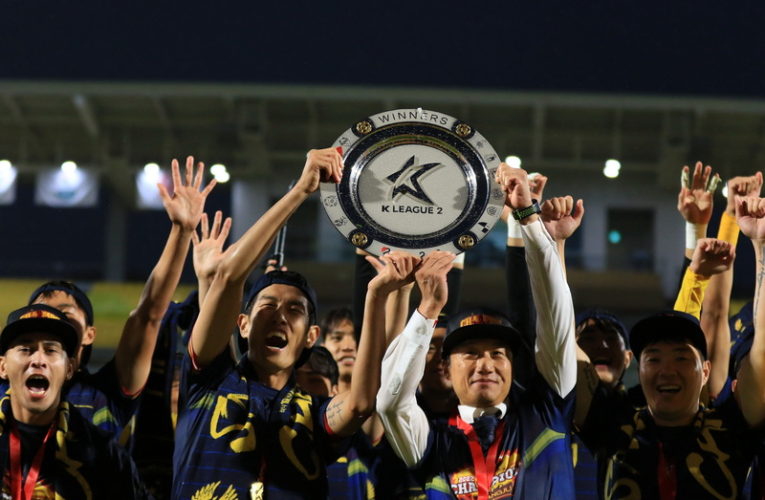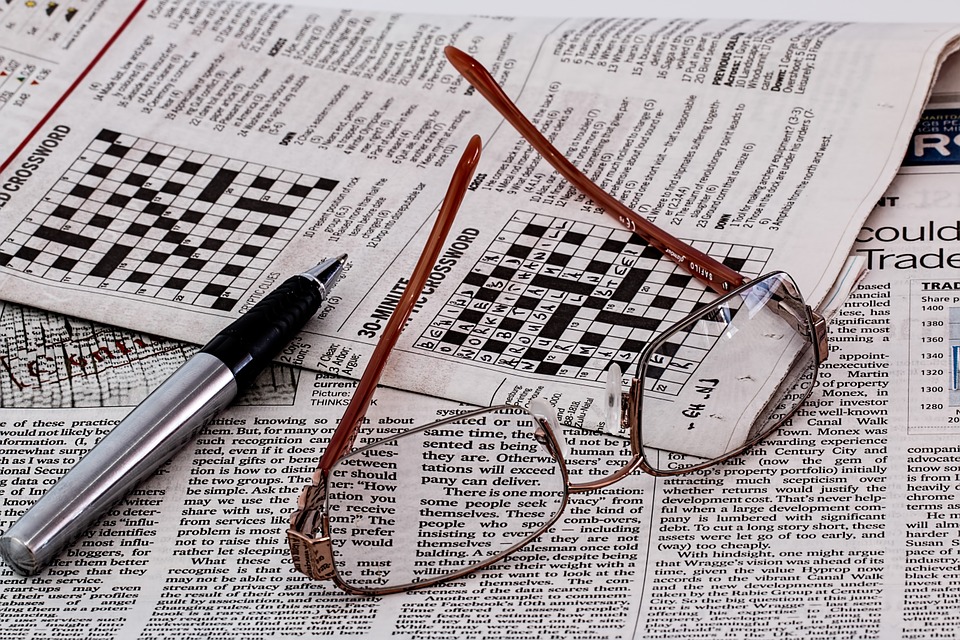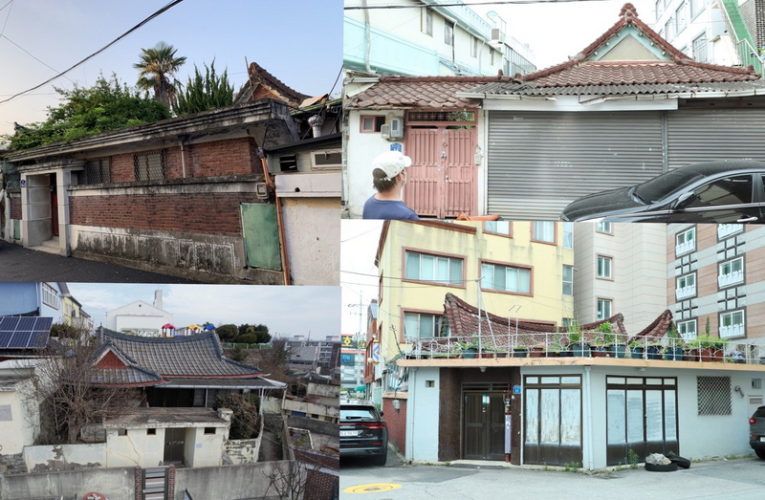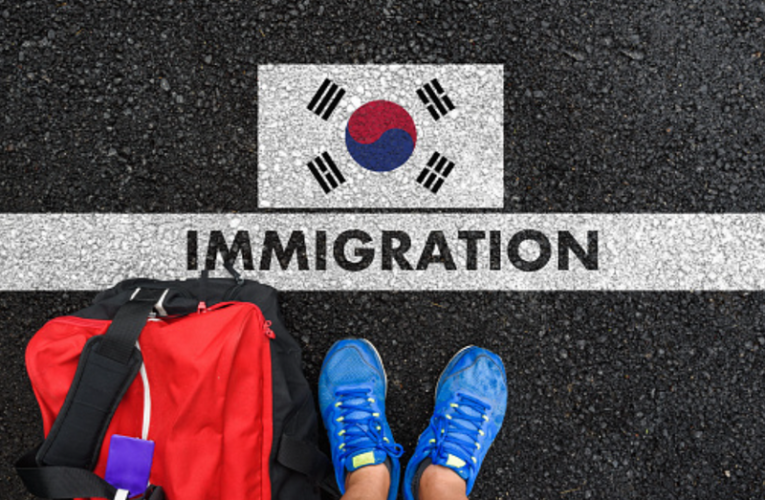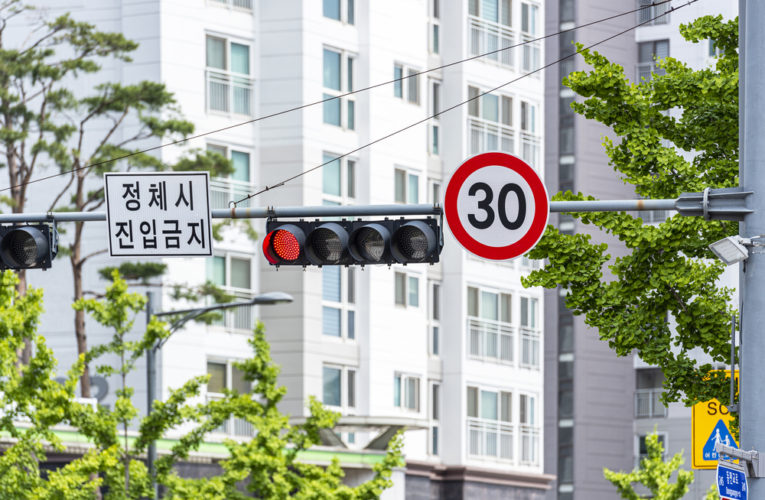Painter of the “Halo Effect”: Oh Soo-kyung
“Some people have wondered if I’m trying to save on paints. Actually, no. I use a lot. When I color, I don’t color an object all at once. Because of the nature of oil paints, it takes some time to dry. I apply one color and leave it on the canvas to soak in. If I wipe it off before the paint dries, the canvas is lightly colored. Then I add another color, brushing it on the canvas horizontally and vertically like weaving cloth.”

